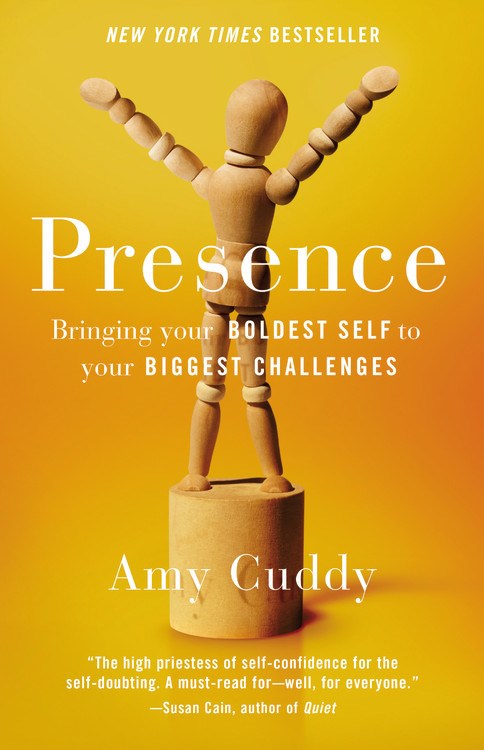Jack Covert Selects - Thinking in New Boxes

Thinking in New Boxes: A New Paradigm for Business Creativity by Luc De Brabandere & Alan Iny, Random House, 330 pages, $28.00, Hardcover, September 2013, ISBN 9780812992953
As business professionals, we can set ourselves apart from our colleagues by training ourselves to generate unique and exceptional thought. But that’s far easier said than done, because our brains really like to keep our thoughts under control to stave off the chaos. The mental models—boxes—that we use daily almost always serve us well, and become habitual. Luc de Brabadere and Alan Iny explain this tendency in the preface to their Thinking in New Boxes:
Relying on your existing boxes to simplify the infinite unknown is useful, indeed unavoidable, but relying too heavily, or for too long, on any mental model can lead you to miss exciting opportunities.
Our boxes allow us to very efficiently classify and catalog the myriad stimuli that we deal with and to which we must react. Without boxes, every problem would take hours, days, even weeks to solve. Without boxes, we have no way to understand each other. But in business innovation, what good do conventional boxes do us? Checking email and using a telephone are essential to most companies, and we have boxes for those activities. But what about building strategy for the next five to ten years of your company’s presence in the market? Will the convenient mental models you use today help you to plan for that future? The simple answer is “no.” The future cannot be conceived of inside of today’s boxes since most of the time, we’re thinking inside of boxes that are decades old.
de Brabadere and Iny explain that the future requires inductive thinking. “Deduction uses existing boxes; induction creates new ones.” But how do we do something so out of the norm? Thinking in New Boxes boasts an elegant step-by-step process: doubt everything, probe the possible, diverge, converge, reevaluate relentlessly. de Brabandere and Iny don’t skimp on anecdotes or research, so each chapter is rich in substance, creating a convincing argument for the pursuit of inventive and creative thought. Early in the book, they tell the story of Jonathan Rothberg, a biologist who used both existing models and those outside his own comfort zone (i.e. new boxes) to envision a new, more efficient way to map the human genome. Analyzing Rothberg’s revelation validates the five steps outlined in Thinking in New Boxes and the book poses many more instances in which the five suggested steps aid in leading thinking into new arenas.
Forget about thinking outside of the box. And if you’re thinking without a box, you’re never going to be able to convert your thoughts into actionable ideas. Thinking necessitates models; the question is not “in the box or out,” but rather “in today’s boxes or tomorrow’s.”
